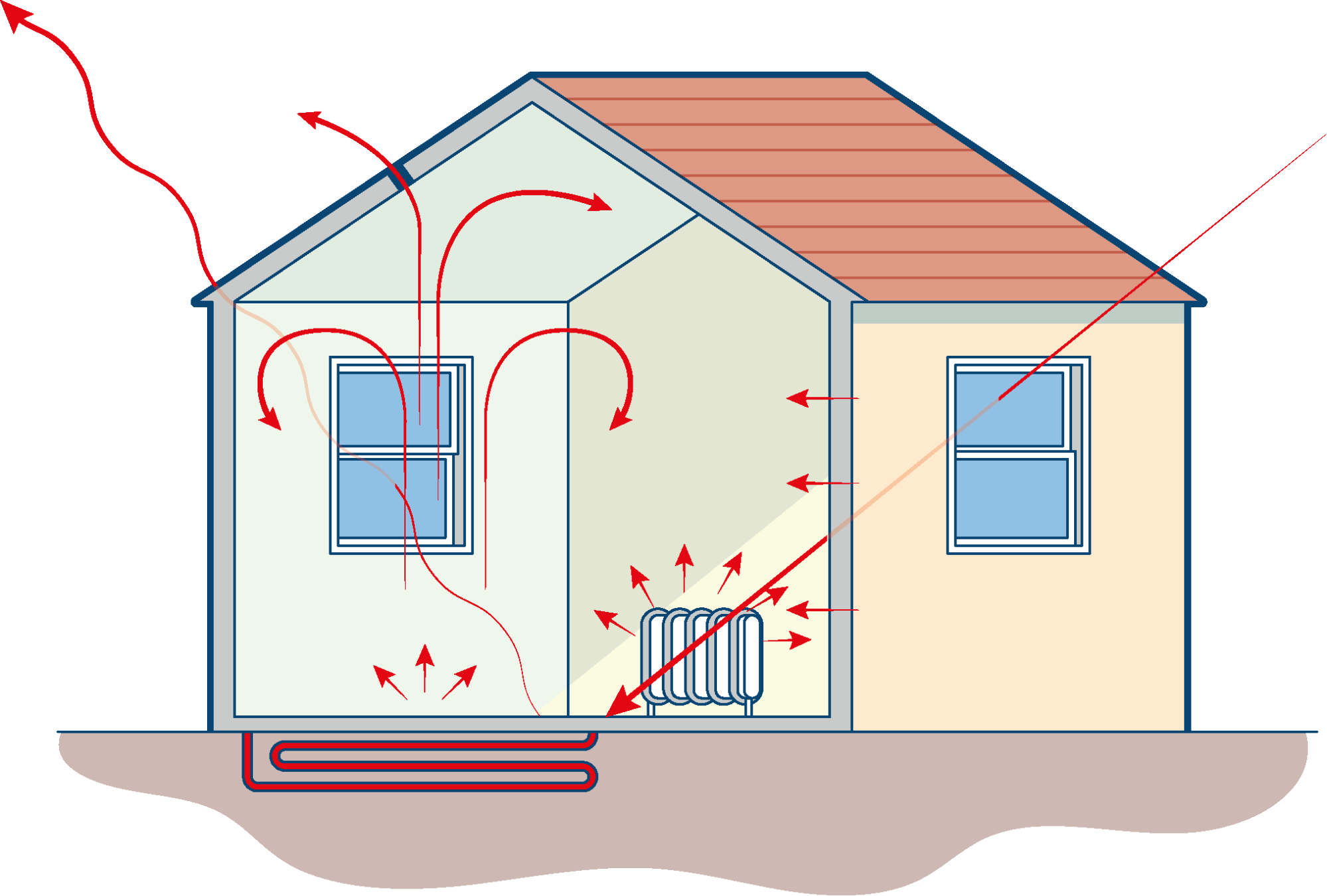Get Tech Tips
Subscribe to free tech tips.
What is Enthalpy?

Enthalpy is easy. It's just a state function that depends only on the prevailing equilibrium state identified by the system's internal energy, pressure, and volume. It is an extensive quantity. Simple.
Like most things, the scientific definition is as clear as mud. In HVAC/R, we use enthalpy measurement to come up with the total heat change in a fluid, whether it's refrigerant, water, or air. You may have even seen a pressure-enthalpy diagram before.

Charts like the one above show how changes in enthalpy correspond to changes in pressure throughout the system. As you can tell, the overall heat content heavily increases and decreases in the evaporator and condenser, respectively. There is also a smaller increase during compression. However, we can measure enthalpy in the air around us, not just in the refrigerant.
In any case, the total change in heat content or enthalpy change is called delta H (ΔH), which is just another way of saying “total heat split.” We generally measure it in BTU/lb in the US.
When we calculate the enthalpy of the air, we need to use probes that measure humidity and temperature, like the HUB2 probes shown above or the Testo 605i probes. Air contains both the energy associated with the temperature of the air (sensible heat) and the latent heat stored in the water vapor. So, HVAC equipment moves both sensible and latent BTUs.

UEI HUB Screenshot
Using enthalpy to calculate the total BTUs moved
If you want to use the ΔH to calculate the total heat added or removed from the air in BTUs, you can use this formula:
Total Heat = (H1-H2) x 4.5 x CFM
In the case above, it would be:
Total Heat = (29.68 – 22.77) x 4.5 x 730 (CFM we measured)
so
29.68 – 22.77 = 6.91 ΔH
6.91 x 4.5 x 730 = 22,699.35 BTU/hr
This total air enthalpy change is a required part of calculating total system capacity, and it's a pretty simple thing to understand. If you'd like to see how I measure enthalpy in the real world, check out THIS video.
Don't confuse ΔH (total heat change) with ΔT (temperature difference). ΔH includes both latent and sensible heat and is a measure of heat quantity in BTU/lb, while ΔT only calculates temperature difference and isn't converted to BTUs at all.
—Bryan
P.S. – I also released a short podcast about enthalpy a while ago. If you'd like to listen to a slightly different way of explaining the concept, you can listen to that podcast HERE.
P.P.S. – Enthalpy is also a significant player in the net refrigeration effect (NRE). To learn more about NRE, check out THIS tech tip.











Comments
To leave a comment, you need to log in.
Log In